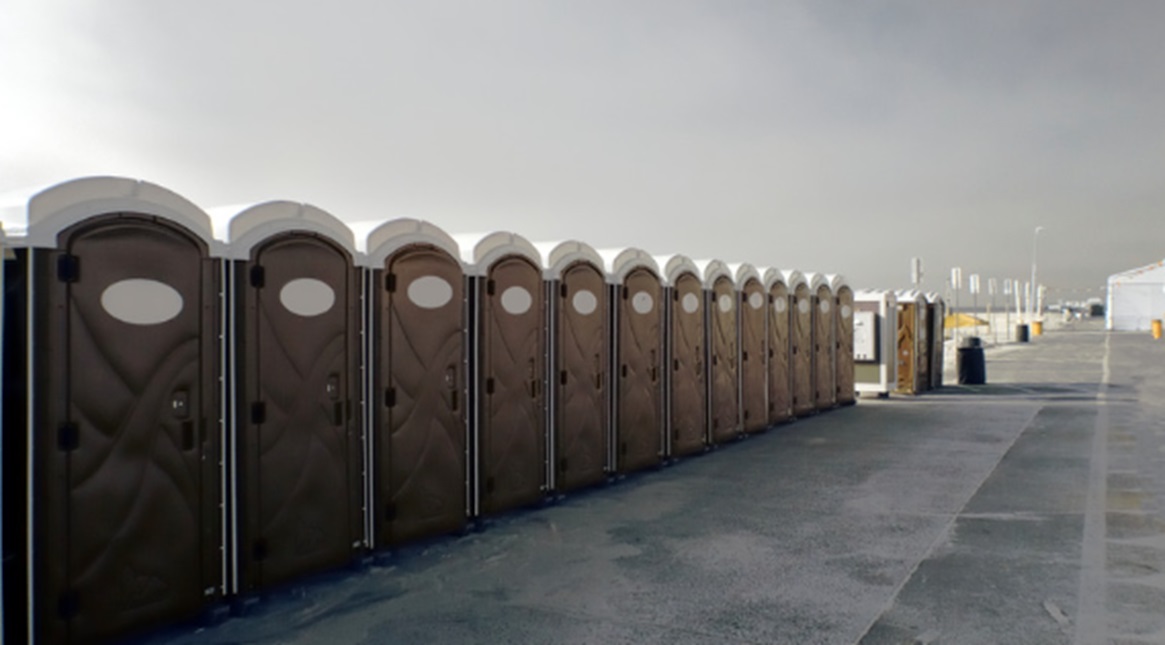How Portable Sanitation Can Prevent the Spread of Infectious Diseases
In today’s interconnected world, the significance of hygiene and sanitation cannot be overstated. With the constant movement of people and goods, infectious diseases can spread rapidly if proper precautions aren’t taken. It’s crucial to understand how sanitation practices can mitigate health risks, especially in communal settings. One effective solution that has gained prominence is the use of portable restrooms in Tampa, which provide convenient and sanitary facilities in various environments.
The Critical Role of Portable Sanitation in Public Health
Portable sanitation units are more than temporary fixtures; they are essential tools in maintaining public health. In areas lacking permanent restroom facilities—such as construction sites, festivals, and disaster zones—these units ensure that individuals have access to clean and safe restroom facilities. By providing accessible amenities, they reduce environmental contamination and prevent the spread of pathogens that thrive in unsanitary conditions.
Preventing Disease Transmission Through Proper Facilities
Inadequate sanitation can lead to outbreaks of diseases like cholera, dysentery, and other gastrointestinal infections. Portable restrooms are designed with features that contain waste effectively, minimizing human contact and preventing the transmission of infectious diseases. Features such as hand sanitizers, foot-operated flush mechanisms, and sealed waste containers enhance their effectiveness. Regular maintenance and proper waste disposal are integral to ensuring these units remain sanitary and safe for users.
The Importance of Hand Hygiene
Hand hygiene is one of the most effective ways to prevent the spread of infectious diseases. Portable restrooms often come equipped with handwashing stations or sanitizer dispensers, promoting good hygiene practices among users. Encouraging handwashing after restroom use can significantly reduce the transmission of viruses and bacteria, safeguarding public health.
Regular Maintenance and Waste Disposal
Maintenance and waste disposal are critical components of effective portable sanitation. Regular cleaning schedules and prompt waste removal help maintain hygiene standards. Understanding where the waste from porta potties goes is also vital in ensuring that waste is disposed of in an environmentally responsible manner, further preventing the spread of infectious agents.
Technological Advancements in Portable Sanitation
Modern portable restrooms have evolved significantly from their early counterparts. Innovations include improved ventilation systems, solar-powered lighting, and eco-friendly waste treatment solutions. These advancements not only enhance user experience but also contribute to environmental sustainability and public health.
Dispelling Misconceptions About Portable Restrooms
Despite their benefits, there are several common myths about portable restrooms that may deter people from utilizing them. Misconceptions often involve concerns about cleanliness, odor, and overall hygiene. In reality, when properly maintained, portable restrooms are clean, odor-free, and hygienic. Educating the public about these facts can increase acceptance and usage, further promoting health and sanitation.
Regulations and Standards in Portable Sanitation
The portable sanitation industry is governed by regulations that ensure units meet health and safety standards. Compliance with these regulations is crucial for preventing the spread of infectious diseases. Operators are required to follow guidelines on unit placement, maintenance schedules, and waste disposal methods. Adherence to these standards protects users and the broader community.
Conclusion
Portable sanitation is a critical component in the global effort to prevent the spread of infectious diseases. By providing accessible, hygienic facilities and promoting good hygiene practices, we can significantly reduce health risks. Embracing modern portable sanitation solutions is not just about convenience; it’s about safeguarding public health and creating safer environments for all.




